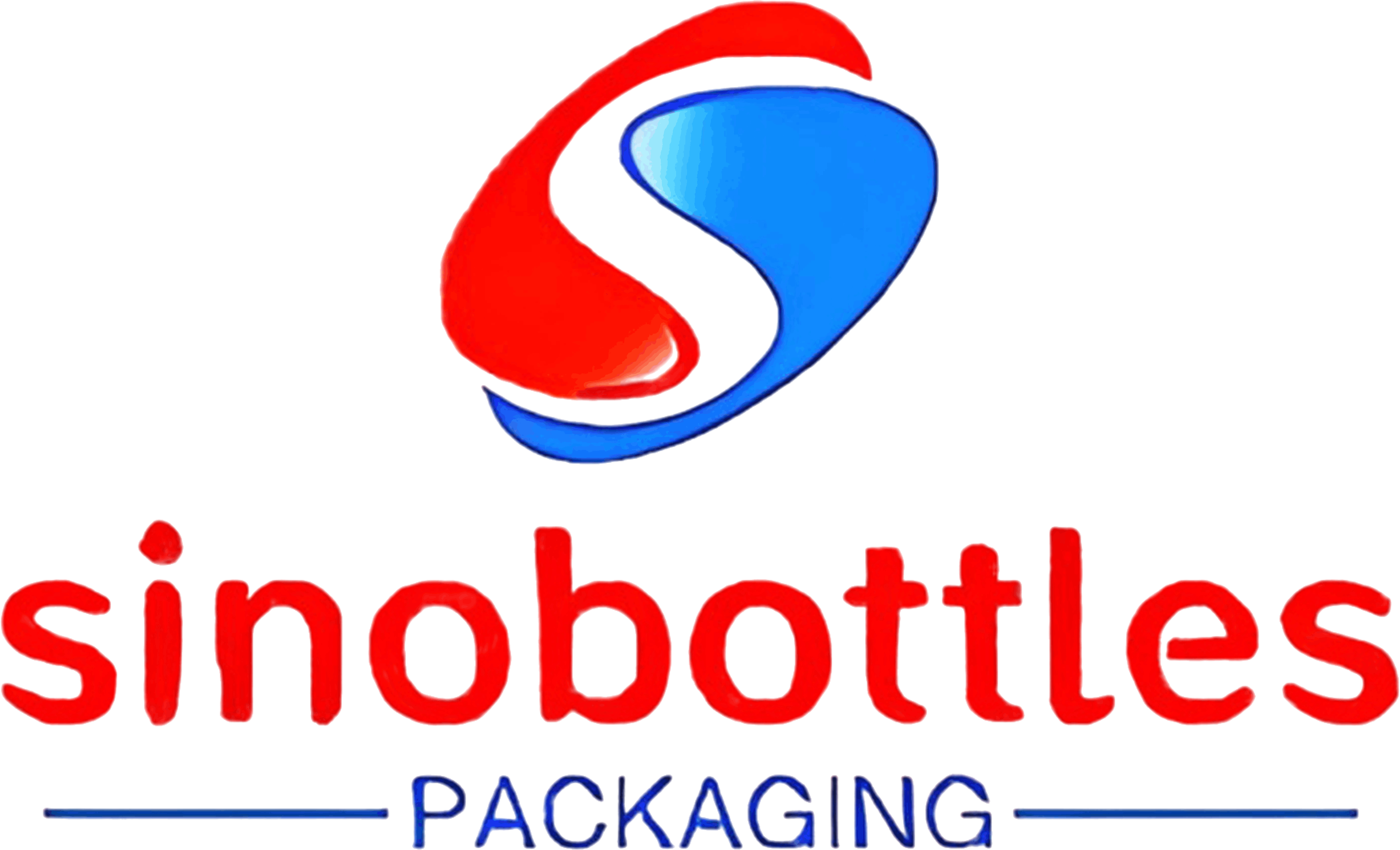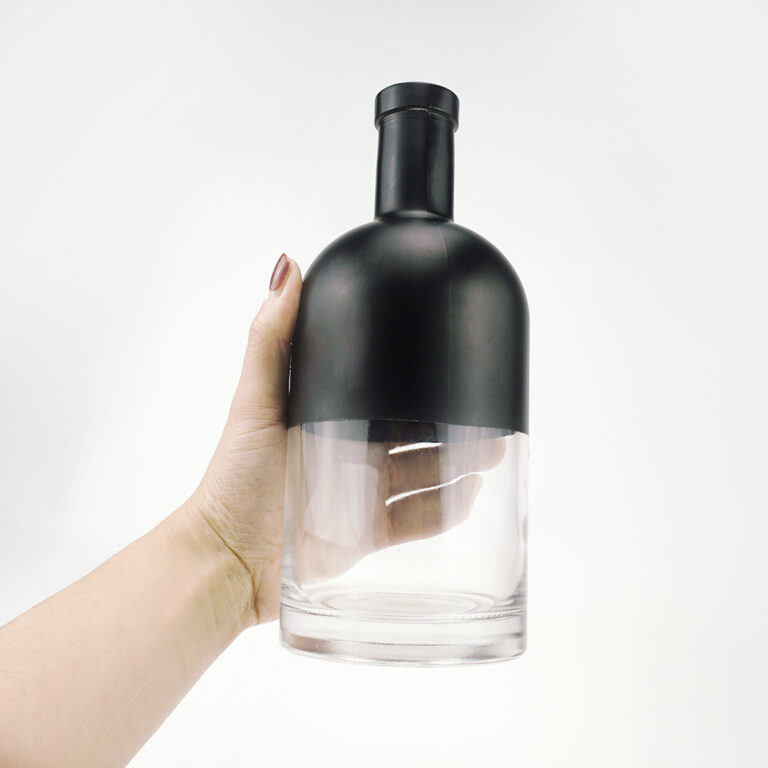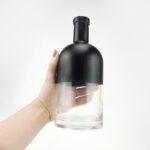Silk screen printing uses thicker ink compared to other printing methods, such as digital printing. Thicker inks allow for more solid and vibrant color application, enabling you to create bolder, more eye-catching, and more colorful designs that can be seen from even far away.
One of the main disadvantages of screen printing is that it has a much higher initial setup cost than digital printing and takes more time. Other cons of screen printing include: more limited colour ranges available. the amount of ink used can make the design look as if it is raised from the print material.
Durability and versatility
Screen printing produces superior results compared to regular digitally-printed labels. Silk screen labels are more resistant to moisture and abrasion, while labels can easily be torn, stained or damaged. Screen printing can be done on a variety of shapes and materials, and the design can run over the entire surface of the item if desired.
Less waste
Screen-printed designs are more eco-friendly than labels. Labels must be made separately, and are usually packaged and shipped from a different facility. They come with a lot of extra material that is removed during the application process and discarded, creating extra waste.
Furthermore, large batches of labels are usually ordered to cut costs, and if there are any small errors or changes that need to be made, the entire inventory will have to be thrown out and made again. Conversely, with screen printing, design changes can be made in the middle of a print run.
Attractive, high-quality design
Screen printing produces sharp, crisp graphics with vivid colours. The layers of ink create a raised design that is pleasing to the touch. The overall effect is a high-end look and feel that makes screen-printed products stand out on the shelves.







